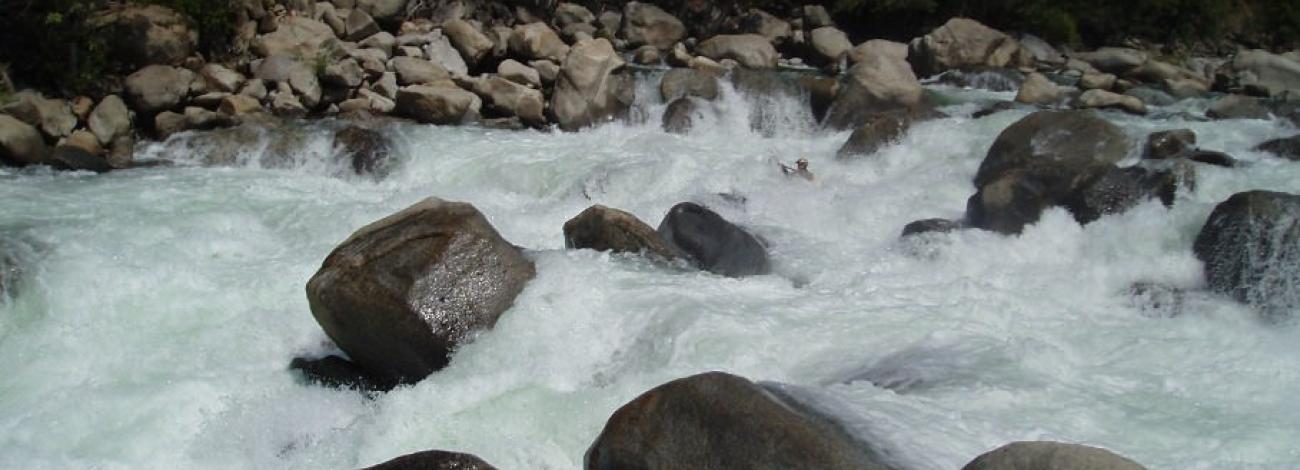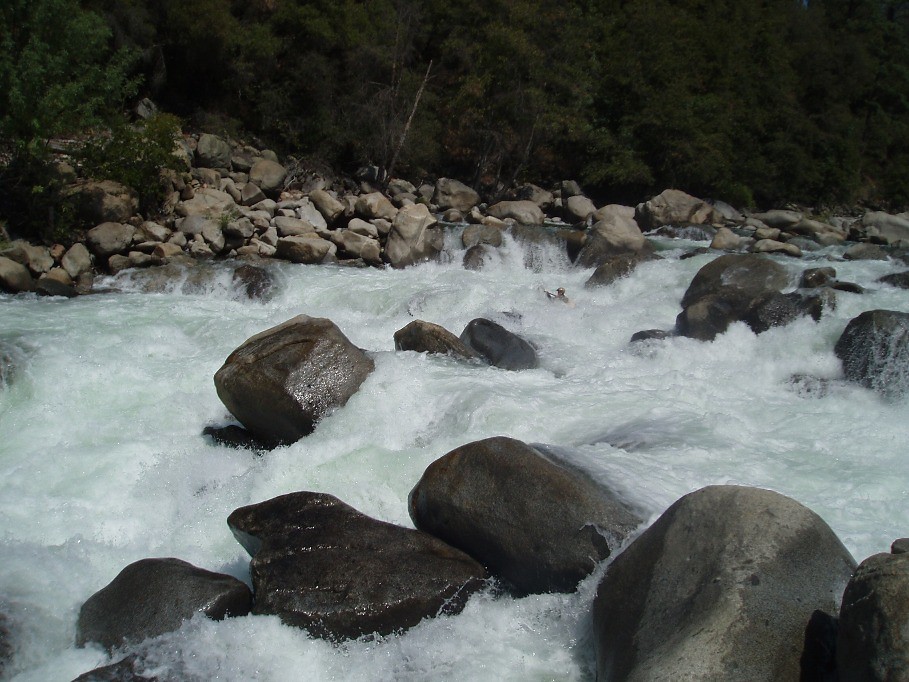
Tuolumne Wild and Scenic River
The Tuolumne originates from snowmelt off Mounts Dana and Lyell in Yosemite National Park before traversing BLM public lands further downstream. The river contains some of the most noted whitewater in the high Sierras and is extremely popular with rafters. Class IV and V rapids, chutes, and pools by the score create the ultimate river adventure, a journey both exciting and pristine. The world-famous Tuolumne is where the ambitious earn their stripes.
- Outstandingly Remarkable Values







Cultural & Historic
The rich archeological landscape along the Tuolumne River reflects thousands of years of travel, settlement and trade. Parsons Memorial Lodge, a national historic landmark sited near the Tuolumne River, commemorates the significance of this free-flowing segment of the river in inspiring conservation activism and protection of the natural world on a national scale.
Fisheries & Wildlife Habitat
In Tuolumne Meadows, Dana Meadows and along the Lyell Fork, the Tuolumne River sustains one of the most extensive Sierra Nevada complexes of subalpine meadows and riparian habitats with relatively high biological integrity. Poopenaut Valley contains a type of low-elevation riparian and wetland habitat that is rare in the Sierra Nevada.
Geologic
Rock types of the upper Tuolumne River are chiefly granites; three major intrusive periods in the development of the Sierra Nevada have contributed different granitic varieties. Metamorphic remnants occur at higher elevations, such as the slate of Mt. Lyell and the limestone of Mt. Dana. Visitors can witness volcanic rocks at Tuolumne Meadows and glacial deposits at Lumsden Campground. Below Early Intake, granites have weathered, and at the South Fork confluence, they give way to Calaveras Formation metasedimentary rock. Schists and slates with limestone bands characterize the rocks of the lower Tuolumne River, and gold occurs in this metamorphic belt, as well.
Recreational
The unique recreational feature of the Lower Tuolumne is whitewater boating. The section from Lumsden Bridge to Wards Ferry provides one of the finest boating experiences in the nation. It combines a series of demanding rapids spaced at close intervals with the power and waves of larger rivers and requires no portages during the 18-mile run.
Scenic
Lyell Canyon offers remarkable and varied views of lush meadows, a meandering river, a U-shaped glacially carved canyon and surrounding peaks. The Grand Canyon of the Tuolumne offers views of a deep, rugged canyon with vast escarpments of granite, hanging valleys and long cascades of falling water.
- California Wild & Scenic Rivers

